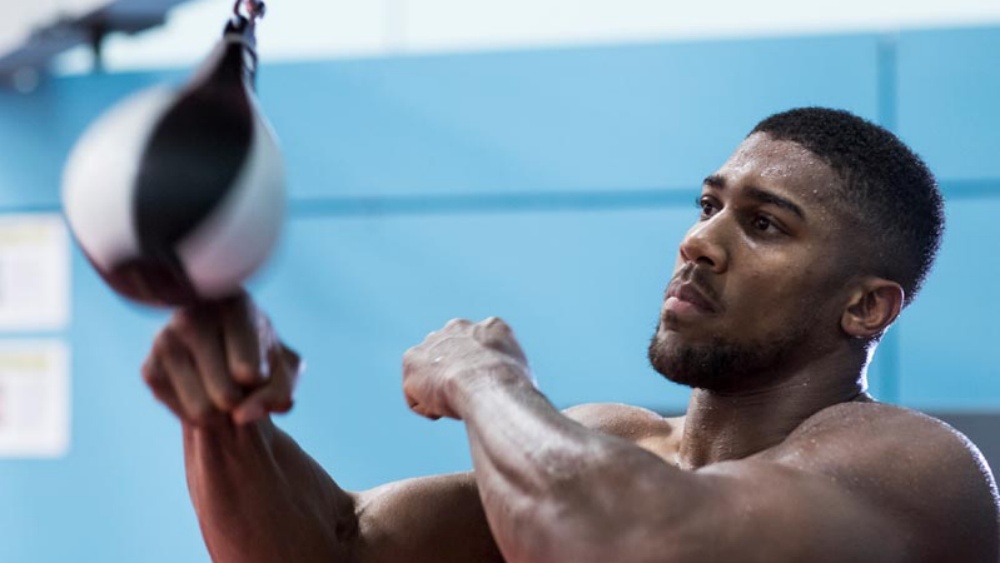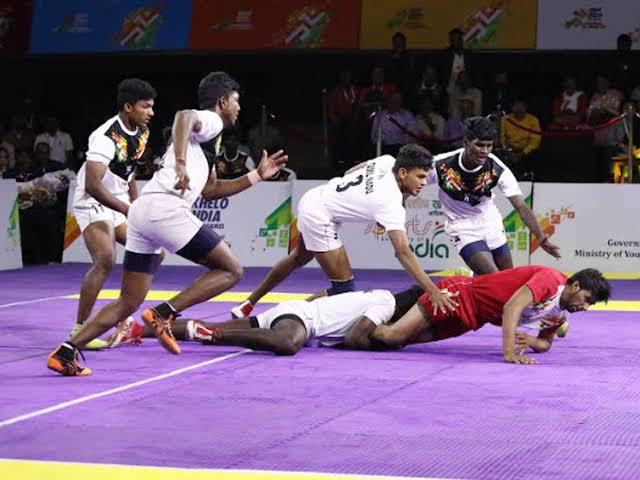
Summary
The speed bag is one of the most iconic tools in boxing gyms, but it’s often misunderstood. More than just a flashy skill, it develops rhythm, timing, hand-eye coordination, and endurance, which are all crucial for boxing performance. This article explains why speed bag training matters, how to use it step by step, and how it can make you faster and sharper inside the ring.
More Than Just A Gym Icon
If you’ve ever walked into a boxing gym, chances are you’ve heard the rhythmic tat-tat-tat of a speed bag before you even saw it. The speed bag is one of the most iconic tools in boxing, but it’s also one of the most misunderstood. Many beginners think it’s just for show or for building arm endurance. In reality, the speed bag is a powerful tool for developing coordination, timing, rhythm, and speed.
For boxers at all levels, speed bag training isn’t just about hitting fast; it’s about syncing your hands, eyes, and brain so that your movements become second nature when it counts.
Why Train With The Speed Bag?
- Hand-Eye Coordination: You’re forced to hit a small, moving target and time your punches to its rebound, sharpening your reflexes.
- Rhythm & Timing: Boxing is as much about rhythm as it is about power. The bag trains your ability to keep a consistent tempo.
- Shoulder Endurance: While not the main purpose, working the bag builds muscular endurance in your shoulders and arms, helping you keep your guard up longer.
- Mental Focus: Once you get into the rhythm, the speed bag becomes almost meditative. You learn to block out distractions and stay present.
How To Train With The Speed Bag: Step By Step
1) Set Up Correctly
- The bottom of the bag should be at mouth or chin level.
- Stand with feet shoulder-width apart, slightly staggered, as you would in your boxing stance.
2) Learn The Basic Rhythm
- Hit the bag with the front of your fist (not the knuckles) in a circular motion.
- The bag should bounce three times (front, back, front) before your next punch.
- Start with one hand at a time until you find the rhythm.
3) Alternate Hands
- Once you’re comfortable, alternate between with left and right hands.
- Keep your hands moving in a circular motion, rolling one into the other.
4) Add Variations
- If you’re feeling more confident, try double hits with one hand before switching.
- Change your rhythm, speed it up or slow it down, to challenge your timing.
5) Stay Relaxed
- Don’t tense your shoulders or over-hit the bag.
- Focus on rhythm, not raw power.
How Speed Bag Training Improves Your Boxing
- Sharper Defense: Better timing and hand-eye coordination translate into improved ability to slip, block, and counter.
- Faster Punches: The bag conditions your hands and brain to move in sync, which naturally speeds up your combinations.
- Increased Fluidity: The constant rhythm carries over into your sparring, making your movements smoother and less predictable.
- Better Focus Under Pressure: When the bag rebounds quickly, you learn to stay calm and precise, the same composure you need in the ring.
Common Mistakes To Avoid
- Hitting Too Hard: The speed bag is about rhythm, not strength. Over-hitting can potentially ruin the flow.
- Bad Height Setup: If the bag isn’t at chin level, you’ll train at the wrong angle.
- Standing Too Far: Stay close enough so your punches aren’t reaching but flowing.
- Getting Frustrated: Every boxer struggles at first. The rhythm will eventually come with time.
FAQ: Speed Bag Training
Q: How Often Should I Train On The Speed Bag?
A: Two to three times a week is enough for beginners. Short rounds of 2–3 minutes will help build rhythm without fatigue.
Q: Does The Speed Bag Make My Punches Harder?
A: No, it doesn’t directly improve punching power. Its focus is timing, coordination, and speed. Heavy bag work is what builds power.
Q: Why Can’t I Get The Rhythm Right?
A: Most beginners try to hit too hard or too fast. Slow down, let the bag rebound three times, and focus on staying relaxed.
Q: Should I Use Wraps Or Gloves On The Speed Bag?
A: Wraps are enough since you’re hitting with the front of your fists, not your knuckles. Gloves aren’t necessary unless you prefer extra padding.
Q: Is The Speed Bag Only For Boxers?
A: Not at all. Martial artists, MMA fighters, and even fitness enthusiasts use it to build coordination, endurance, and focus.
Final Thoughts
The speed bag isn’t about looking flashy, it’s about sharpening the finer tools of boxing: rhythm, timing, and focus. Once you get comfortable, it becomes one of the most satisfying parts of training. And the benefits are obvious when you step into sparring or competition: your punches flow better, your reactions sharpen, and your overall game feels smoother.
You may also like:
The Greatest Underdog Moments In Boxing History
Every sport has its underdog stories, but in boxing, those moments feel especially powerful. One punch, one night, and one fighter’s belief in themselves can flip expectations upside down. In the modern era, from the…
In combat sports, the way a fighter stands can change everything about how a match unfolds. Stance determines balance, power, and angles of attack. Among the many stances, the southpaw stance is often described as…
Few things in boxing are as intriguing as an orthodox fighter squaring off against a southpaw. The clash of stances often produces unusual rhythms, unexpected openings, and moments of brilliance. Because most fighters grow up…
Boxing has always been a sport defined by moments. While strategy, endurance, and skill matter, it is often the knockouts that remain etched in history. A perfectly timed punch can shift the course of a…
Boxing fans around the world are still buzzing after Terence “Bud” Crawford pulled off one of the most remarkable victories in modern boxing. Last Saturday, Crawford moved up two weight divisions to defeat Canelo Álvarez,…
In martial arts, improvement does not come only from sparring or drilling techniques. Another powerful tool for growth is watching fight replays. Whether its a professional bout streamed worldwide or a recorded sparring session in…
Mark Kerr, nicknamed “The Smashing Machine,” was one of the most dominant forces in the early days of mixed martial arts. A decorated wrestler, submission grappler, and tournament champion, he helped shape the foundation of…
Low leg kicks are one of the most under-appreciated weapons in striking arts. They quietly erode an opponent’s mobility, set the pace, and often serve as fight finishers. In Muay Thai, kickboxing, and MMA, a…
In mixed martial arts (MMA), striking often gets the spotlight, but grappling quietly serves as one of the most important foundations of the sport. Fighters with strong grappling backgrounds control where the fight takes place,…
Starting Brazilian Jiu-Jitsu is one of the most rewarding decisions you can make, but it all begins with picking the right gym. The place you choose will shape not just your technical progress, but also…
Teamwork can make the difference between success and struggle in the workplace. Many companies turn to team-building workshops, leadership retreats, and communication courses to strengthen collaboration. But one powerful and often overlooked way to develop…
Muay Thai is often called the art of eight limbs, combining punches, kicks, elbows, and knees into a complete striking system. Among these weapons, the knee is one of the most powerful and effective tools,…





































